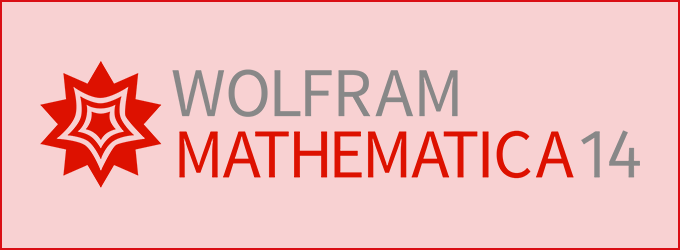Introducing the Computable Document Format (CDF)
Today's online documents are like yesterday's paper—flat, lifeless, inactive. Instead, CDF puts easy-to-author interactivity at its core, empowering readers to drive content and generate results live.
Launched by the Wolfram Group, the CDF standard is a computation-powered knowledge container—as everyday as a document, but as interactive as a knowledge app.
Adopting CDF gives ideas a broad communication pipeline—accelerating research, education, technical development, and progress.
Why CDF?
Features
The Power behind CDF
Creating a CDF
Why Use the Computable Document Format (CDF)?
CDF offers content creators easy-to-author interactivity and convenient deployment options—empowering their readers to drive content and generate results live.
Key Advantages of CDF:
-
Broader communication pipeline:
Create content as everyday as a document, but as interactive as an knowledge app. -
Built-in computation:
Let the reader drive new discovery — live. -
Easy-to-author interactivity:
Use automated functions and plain English input instead of specialist programming skills for a wide range of applications. -
Deployment flexibility:
Create once—deploy as slide shows, reports, books, applications, and web objects. -
Integrated knowledge:
Access specialized algorithms, data, and visualizations for hundreds of subjects.
Features of CDF Documents
The Power behind CDF
CDF is built on the same technologies that are behind Mathematica - the world's leading computation platform - and Wolfram|Alpha - the world's first computational knowledge engine. Every CDF comes with the technology innovations that Wolfram has brought to the world for decades.




























